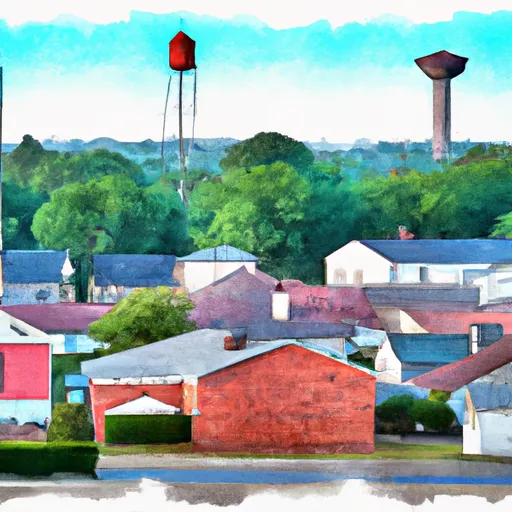°F
°F
mph
Windspeed
%
Humidity











Lindsey, Ohio is a small village located in Sandusky County, in the northwestern part of the state. The village experiences a humid continental climate, characterized by warm summers and cold winters. Average temperatures range from the low 20s (-6°C) in winter to the mid-80s (29°C) in summer. Precipitation is evenly distributed throughout the year, with an average of 35 inches (89 cm) of rainfall annually.
Lindsey is home to several hydrology constituents, including small streams and wetlands. These water bodies contribute to the overall health and biodiversity of the area, supporting various plant and animal species.
For outdoor enthusiasts, Lindsey offers a range of recreational opportunities. The nearby Sandusky River presents opportunities for fishing, boating, and wildlife observation. The village is also surrounded by lush forests and farmlands, making it an ideal location for hiking, birdwatching, and picnicking. In addition, several parks and nature preserves can be found within a short drive from Lindsey, providing further opportunities for outdoor exploration and relaxation. Whether you enjoy water activities or prefer land-based adventures, Lindsey and its surroundings offer diverse options to connect with nature.
Weather Forecast
Lindsey receives approximately 923mm of rain per year, with humidity levels near 81% and air temperatures averaging around 10°C. Lindsey has a plant hardyness factor of 6, meaning plants and agriculture in this region thrive during a short period during spring and early summer. Most plants will die off during the colder winter months.
Regional Streamflow Levels
47
Cubic Feet Per Second
34
Cubic Feet Per Second
66
Cubic Feet Per Second
19
Cubic Feet Per Second
Nearby Camping
| Camping Area | Reservations | Toilets | Showers |
|---|---|---|---|
| Holiday Beach Conservation Area | |||
| Metamora - Hadley Rec Area | |||
| Ortonville State Rec Area | |||
| Addison Oaks County Park | |||
| Sterling State Park |



